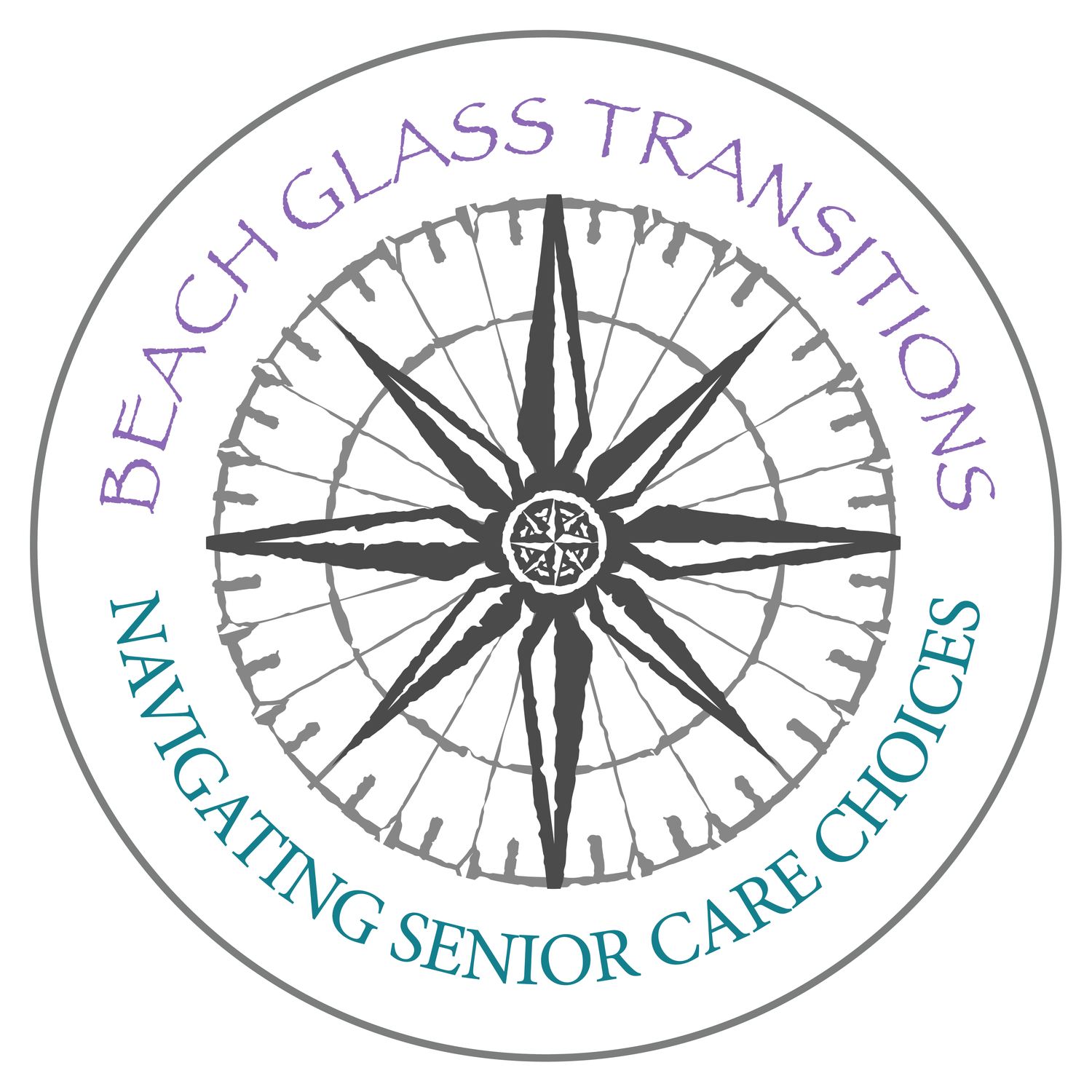Assisted Living
/Overview
Assisted Living Communities provide a range of care between Independent Living Communities and Nursing Care Communities, offering assistance with daily activities and custodial care, but offering limited or no medical care. This is a relatively new option in senior care. Thirty years ago there were only two options: living at home or transitioning into a nursing home. Assisted Living offers a more home-like setting than a Nursing Care facility. It provides as much independence as a resident can comfortably maintain, in a social setting, while still offering qualified support with the daily concerns of dressing, bathing, and meals, etc.
Assisted Living residences vary in size and may be a studio, 1-bedroom or 2-bedroom apartments. Residents have access to common areas and daily activities, as well as meals served in a dining area. Depending on the community, transportation, housecleaning, and laundry services may be provided.
The trend in Assisted Living is moving towards aging in place. Meaning, some AL communities have increased licensed nursing staff, and met higher licensing standards to be able to care for residents as their medical needs increase. This allows age comfortable in place rather than transition to a Nursing Home.
Best Suited For
Seniors who need some assistance with Activities of Daily Living (ADLs), including seniors with dementia who may be able to physically perform ADLs but need cueing support to do so (note: Memory Care may be more appropriate depending on the individual with dementia). Depending on the state and licensure of the community, staff may be able to assist with medication reminders and other minor medical issues, and generally a nurse is on staff. But for those who require consistent medical assistance, an Assisted Living Community may not be suitable.
Costs
According to the 2012 Cost of Care Map by Genworth, the National Average is $3,000 per month; in Maine and Massachusetts the average is $4,500 per month, and in New Hampshire it is $4,000 per month. However, keep in mind these are averages. Meaning, depending on where you live these costs may be significantly higher. For example, in Southern Maine AL communities tend to average closer to $5,500-7,000. Whereas in rural Maine it can be less than $4,500. Depending on the state and the individual’s medical and financial situation, Medicaid may assist with the cost. Pricing structures are different in each community, most are month to month agreements. When you are comparing prices at different communities note that some will offer “all inclusive” pricing and others work on a rent plus services model. It can be very confusing, but be sure to understand both the move in price and what the price variation is for accessing more care or services over time.
Advantages
Great nutrition, socialization, wellness and activity programs, 24/7 staff for safety, peace of mind for family.
Disadvantages
Expensive, small living quarters that may not provide desired amount of privacy; seniors may find the transition stressful or they may look at this as a loss of independence.
Special Note on Assisted Living in Maine
In Maine, our Medicaid is called MaineCare. MaineCare does cover the cost of Assisted Living if your loved one qualifies medically (determined by the state through the KEPRO Assessment) and financially, as set by financial criteria with regards to assets and income. Accordingly, Assisted Living Communities can be categorized as those that accept MaineCare as the payer source, those that accept MaineCare as a payer source only after a minimum “private pay” period is met, and those that do not accept MaineCare and are private pay only.
Be certain that before you get started in pursuing Assisted Living you know which category is right for you, both short-term and long-term. It is advisable that you consult with a Senior Care Advisor if you are unsure. In addition to advising you on the right community for you, a SCA can advocate on your behalf, potentially leveraging what financial resources you have to help you access care that you otherwise would not qualify for.
Insider Tips: What to Look For
Once you have determined that Assisted Living is the right option for your loved one, it is important to know how to choose the right community for his/her needs. There are many factors to take into consideration, including cost, location (see: Location Tips), and what the community has to offer in programing and services.
Note that not all Assisted Living Communities are equal in the assistance they provide their residents, there are assisted living communities that require folks are able to ambulate and transfer independently (no wheelchairs) and others that provide up to a two person assist with these activities. One is not necessarily better than the other -- it depends on your needs which is better for you, so be sure to know the difference.
Before you tour different communities, make a list of questions you want to ask. This list should include:
What activities are offered?
May I have a copy of the activity calendar? (When you look it over later, check for a for a combination of wellness, entertainment, game, and craft offerings. Compare this to other activity calendars). Can I attend some events as a guest?
How much assistance is available with ADLs? Is there a limit on the hours of care provided?
What happens if my loved one needs more care?
Is transportation to and from appointments offered?
How often are laundry and housekeeping services provided?
How often do you have care plan meetings?
Do you have a physician/geriatrician/psychiatrist that makes house calls to your community?
If your loved one is incontinent or takes a high number of medications, explain her needs and make sure that the staff is able to provide an appropriate amount of support. Be aware that certain medical needs, such as insulin shots, may preclude your loved one from Assisted Living.

